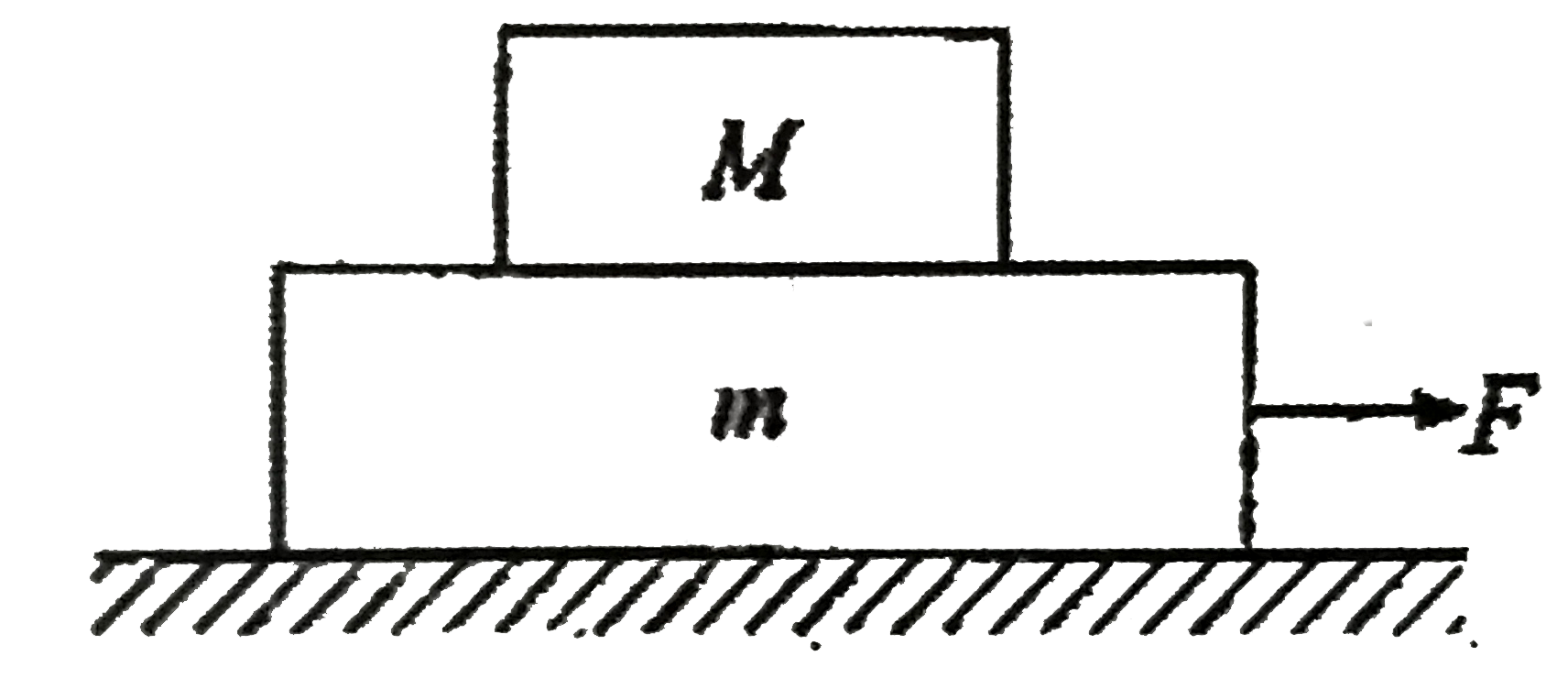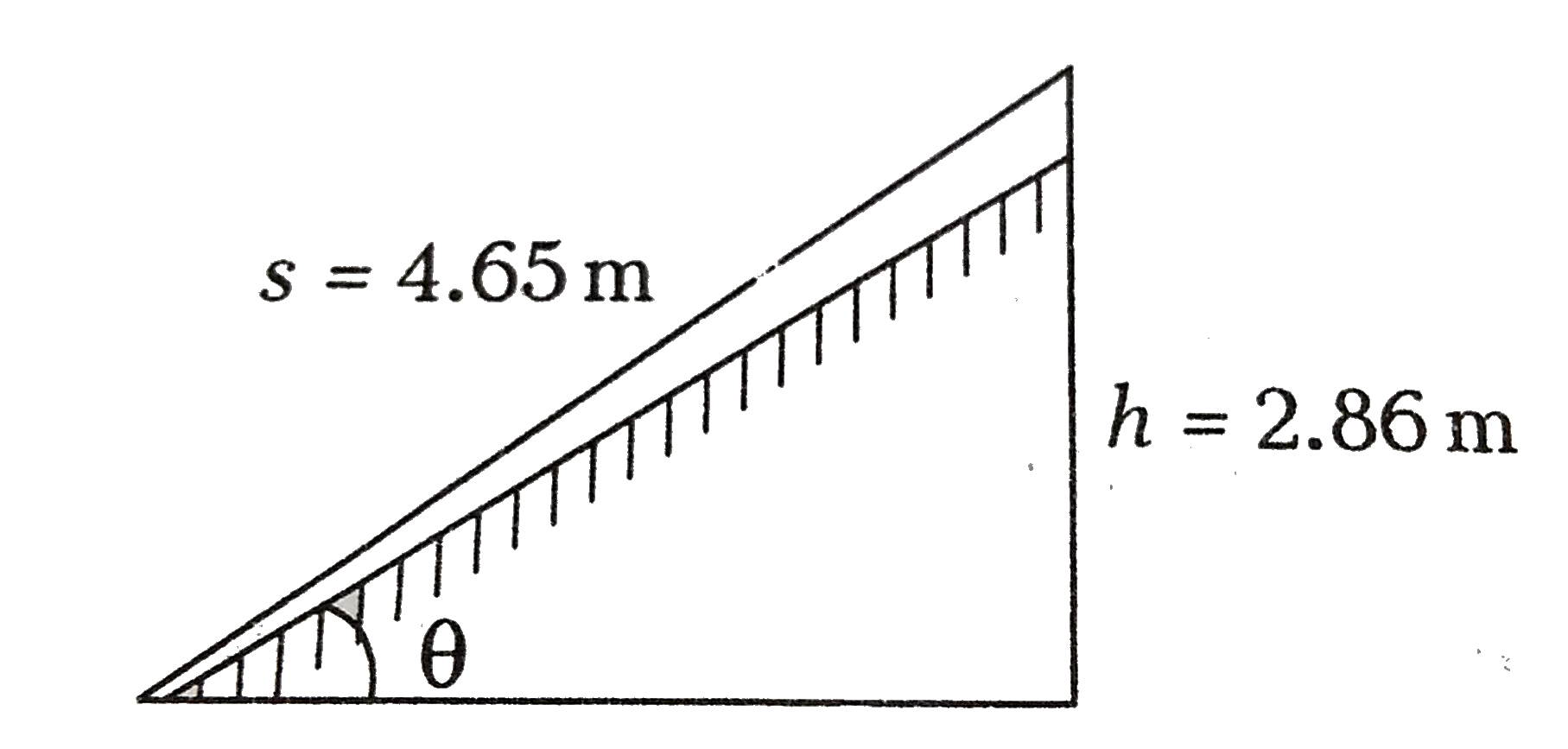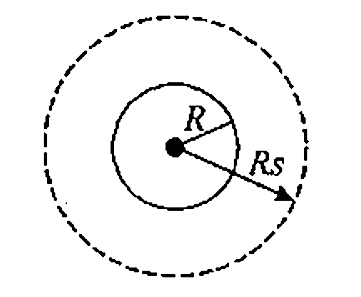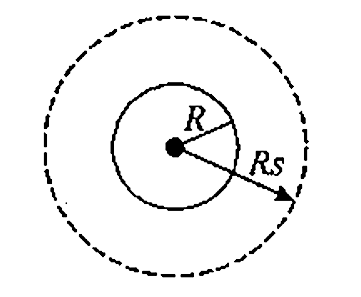If a weight lifter raises a barbell with a mass of 125.7 grams doing 5,023 joules of work, what distance did he move the barbells ? Remember that you need a force, not a mass. You must firs calculate the force in order to complete your solution. HINT : Weight is a force. Weight on earth is determined by multiplying an object's mass times earth's gravitational pull (9.8 m/s2).
2032.2 m
3253.6 m
4083.7 m
5465.8 m
Step by step video & image solution for If a weight lifter raises a barbell with a mass of 125.7 grams doing 5,023 joules of work, what distance did he move the barbells ? Remember that you need a force, not a mass. You must firs calculate the force in order to complete your solution. HINT : Weight is a force. Weight on earth is determined by multiplying an object's mass times earth's gravitational pull (9.8 m//s^(2)). by Physics experts to help you in doubts & scoring excellent marks in Class 6 exams.
Updated on:21/07/2023Topper's Solved these Questions
Similar Questions
The mass of sun is 2×1030 kg and mass of earth is 6×1024 kg. if the distance between the centers of sun and earth is 1.5×108 km, calculate the force of gravitation between them.
View SolutionThe gravitational force on Jupiter is approximately 2.3 times the gravitational force on Earth. If an object has a mass of 80 kg and a weight of 784 N on Earth, what would the object's mass and weight on Jupiter be?
View Solution
Knowledge Check
A board of mass m = 1 kg lies on a table and a weight of M = 2 kg on the board. What minimum force F must be applied on the board in order to pull it out from under the road ? The coefficient of friction between board and table is μ2=0.5 : (Take g=10m/s2)
 A7.5 NB15 NC22.5 ND30 N
A7.5 NB15 NC22.5 ND30 NHow will you weight the sun, i.e. estimate its mass ? You will need to know the period of one of its planets and the radius of the planetary orbit. The mean orbit radius of the earth around the sun is 1.5×108km, then the mass of the sun would be calculated as
A2×1015kgB2×1020kgC2×1027kgD2×1030kgA block of mass m =11.7 kg is to be pushed a distance of s=4.65 m. Assuming frictionless surface. Calculate the work done in applying a force parallel to the incline to push the block up at a constant speed. (Take, g=9.8 ms−2)
 A328 JB656 JC164 JD530 J
A328 JB656 JC164 JD530 J
The weight of a body on the surface of earth is 392N. What is its mass, when g=9.8m/s2. If the body is taken to moon, it weighs 64 N. what is mass of body on moon ? Calculate acceleration due to gravity on moon.
View SolutionA man weighting 60 kgis standing at the centre of a flat boat and he is 20 m from the shore. He walks 8 cm on the boat towards the shore and then halts. The boat weights 200 kg How far is the from the shore at the end of this time?
[Hints : As the system is free from external force, centre of mass of the system consisting of man and boat must not move.
View SolutionA particle of mass 1 kg slides in a horizontal circle of radius 20 m with a constant speed of 1m/s. The only forces in the vertical direction acting on the particle are its weight and the normal reaction, however no information is available about the forces in the horizontal plane. Over a period of time whole energy dissipated due to work done by friction is conducted to ground and simultaneously radiated to surround. If the coefficient of friction is μ=0.5. Then (Take g =10 m//s^(2):
View SolutionSupernova refer to the explosion of a massive star. The material in the central case of such a star continues to collapse under its own gravitational pull. If mass of the core is less is than 1.4 times the mass of sun, its collapse finally results in a white dwarf star. However, if the core has a mass greater than this, it could end up soon as a neutron. star and if its mass is more than about three solar masses, the collapse may still continue till the star becomes a very small object with an extremely high value of density called a 'Black hole'. Escape speed for a black hole is very large. The figure shows a block hole of radius R and another concentric sphere of radius RS, called the 'Schwarzschild Radius'. It is the critical radius at which escape speed equals the speed of light c. Nothing even the light, can escape from within the sphere of Radius RS. So light from a black hole can not escape and hence the terminology 'black hole'. There has been astronomical evidence of a small and massive object at the centre of our galaxy the 'Milky way'. Suppose that there is a particle at a distance about 6 light years. that orbits this massive object with an orbital speed of about 2×105m/s. Use the given data whereever necessary and answer the questions that hollow. G=6.67×10−11N−m2/kg2, Solar mass M=2×1030kg,C=3×108m/s,1 light year =9.5×1015m.

If mass of earth ME≈6×1024kg and its radius RE=6400km, to what fraction of its presents radius does the earth need to be compressed in order to become a black hole ?
(Give only the order of your answer)
View SolutionSupernova refer to the explosion of a massive star. The material in the central case of such a star continues to collapse under its own gravitational pull. If mass of the core is less is than 1.4 times the mass of sun, its collapse finally results in a white dwarf star. However, if the core has a mass greater than this, it could end up soon as a neutron. star and if its mass is more than about three solar masses, the collapse may still continue till the star becomes a very small object with an extremely high value of density called a 'Black hole'. Escape speed for a black hole is very large. The figure shows a block hole of radius R and another concentric sphere of radius RS, called the 'Schwarzschild Radius'. It is the critical radius at which escape speed equals the speed of light c. Nothing even the light, can escape from within the sphere of Radius RS. So light from a black hole can not escape and hence the terminology 'black hole'. There has been astronomical evidence of a small and massive object at the centre of our galaxy the 'Milky way'. Suppose that there is a particle at a distance about 6 light years. that orbits this massive object with an orbital speed of about 2×105m/s. Use the given data whereever necessary and answer the questions that hollow. G=6.67×10−11N−m2/kg2, Solar mass M=2×1030kg,C=3×108m/s,1 light year =9.5×1015m.

Mass (in kg) of the massive object at the centre of the milky galaxy is of the order :
View Solution
